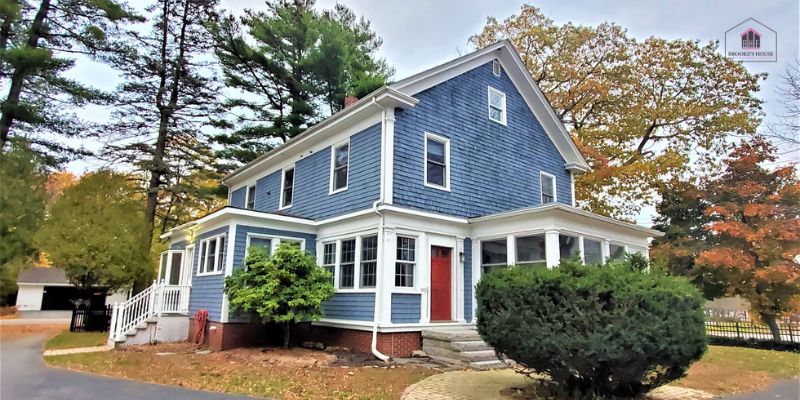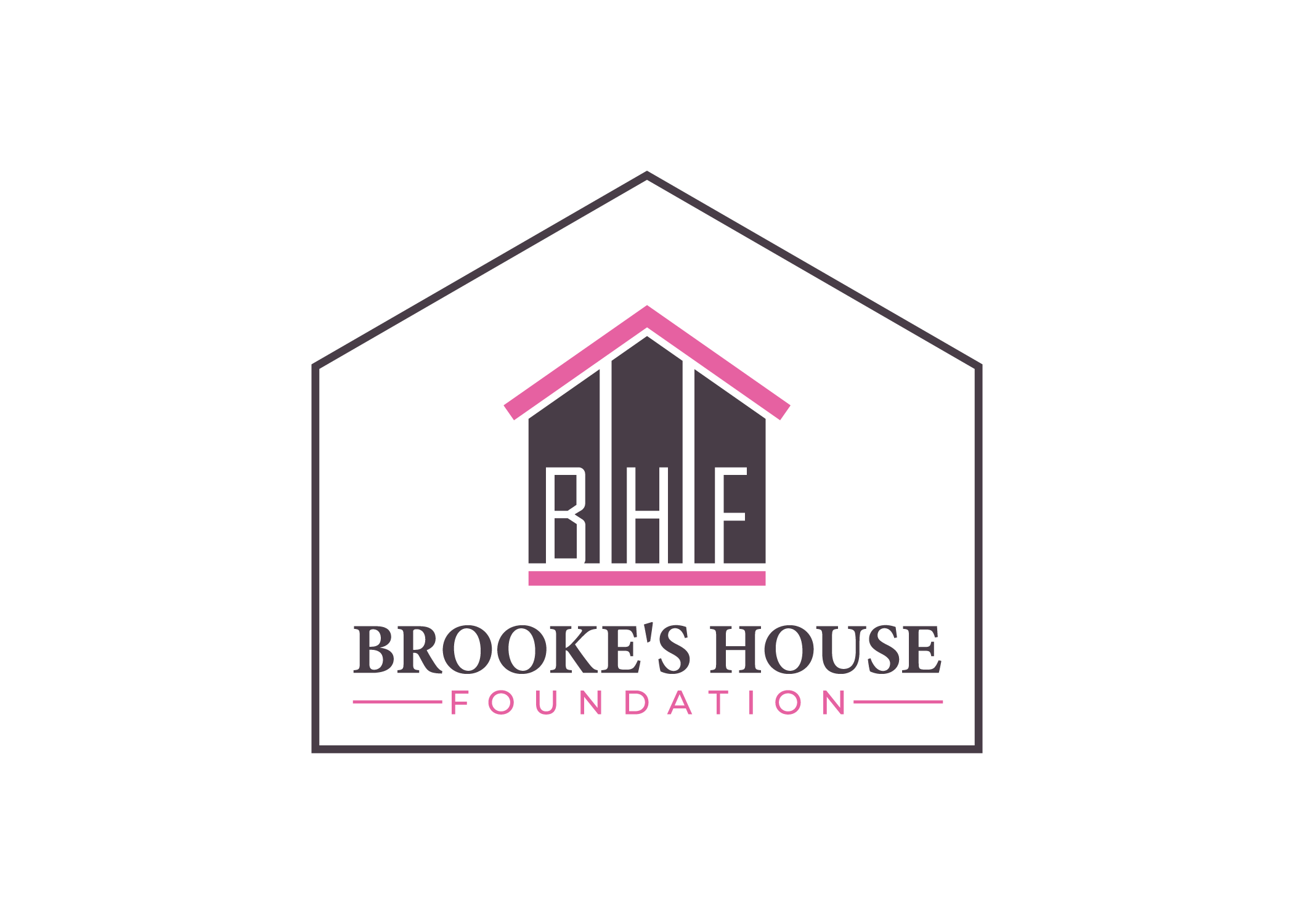
Addiction is a complex and pervasive problem that affects millions of people worldwide. It takes a toll on individuals and has far-reaching consequences for their families and communities.
Fortunately, various treatment options are available for individuals struggling with addiction, and one of the most influential and often overlooked options is sober living homes. This comprehensive guide will explore the concept of sober living homes, their benefits, how they work, and why they are an essential part of addiction treatment and recovery.
Understanding Addiction

Before delving into the specifics of sober living homes, it’s essential to have a basic understanding of addiction. Addiction is a chronic disease characterized by compulsive drug seeking and use despite harmful consequences. It affects the brain’s reward, motivation, and memory functions, making it incredibly challenging for individuals to quit independently.
Substances such as drugs and alcohol can lead to addiction, and the consequences can be devastating. Physical health, mental well-being, relationships, and even financial stability can all be severely impacted by addiction.
The Role of Treatment in Recovery

Overcoming addiction is not easy and often requires professional help and support. Treatment approaches vary depending on the type and severity of addiction, but they generally fall into two categories: detoxification (detox) and rehabilitation (rehab).
Detoxification (Detox): The first step in addiction treatment is detox. This process involves the removal of the addictive substance from the body and managing withdrawal symptoms. Detox can occur in a medical facility, as some withdrawals can be life-threatening or done in an outpatient setting under medical supervision.
Rehabilitation (Rehab): Individuals typically enter a rehabilitation program following detox. Rehab can be inpatient or outpatient, focusing on addressing addiction’s psychological and behavioral aspects. Evidence-based therapies, counseling, and support groups are common components of rehab programs.
While detox and rehab are essential to addiction treatment, they often occur in a controlled, structured environment. However, recovery is an ongoing process, and many individuals find it challenging to maintain their sobriety once they leave the treatment facility. This is where sober living homes come into play.
What Are Sober Living Homes?
Sober living homes, also known as halfway houses or transitional homes, are supportive living environments designed to help individuals in early recovery from addiction maintain their sobriety and successfully transition back into society. These homes serve as a bridge between the structured environment of rehab and the demands of independent living.
Here are some key characteristics of sober living homes:
1. Abstinence-Oriented: Sober living homes have strict rules that require residents to maintain sobriety. Drug and alcohol use are strictly prohibited, and residents are subject to random drug testing.
2. Supportive Community: Residents of sober living homes live with others also recovering. This creates a supportive and understanding community where individuals can share their experiences and encourage each other.
3. Structured Environment: While not as restrictive as rehab facilities, sober living homes provide a structured environment. Residents are expected to follow house rules, attend support meetings, and contribute to the house’s upkeep.
4. Accountability: Sober living homes hold residents accountable for their actions. Failure to comply with house rules can result in consequences, including eviction from the home.
5. Reintegration into Society: The ultimate goal of sober living homes is to help individuals successfully reintegrate into society. Residents are encouraged to seek employment, pursue education, and rebuild their lives while maintaining sobriety.
The Benefits of Sober Living Homes
Sober living homes offer a range of benefits for individuals in early recovery:
1. Stability: These homes provide a stable and drug-free living environment, reducing the risk of relapse during a vulnerable period.
2. Supportive Community: Residents form bonds with others who understand their struggles, creating a strong support network.
3. Structured Routine: Sober living homes instill a sense of responsibility and structure, which is crucial for maintaining sobriety.
4. Accountability: Residents are held accountable for their actions, reinforcing the importance of staying sober.
5. Safe Transition: Sober living homes offer a gradual transition from the highly structured rehab environment to independent living, reducing the chances of relapse.
6. Access to Resources: Many sober living homes provide access to resources such as counseling, 12-step meetings, and job assistance.
7. Improved Mental Health: Living in a supportive, drug-free environment can significantly improve mental health and well-being.
How Sober Living Homes Work
Sober living homes vary in terms of their specific rules and regulations, but there are some common elements that you can expect:
1. Screening Process: Individuals interested in residing in a sober living home typically undergo an intake process that assesses their suitability for the program. This may include an interview and drug testing.
2. House Rules: Each sober living home has its own rules and expectations. Common rules include mandatory attendance at support meetings, curfews, and drug testing.
3. Financial Responsibility: Residents are usually required to pay rent and contribute to household expenses. Some homes offer financial assistance based on need.
4. Supportive Environment: Sober living homes foster a sense of community and support. Residents often participate in house meetings and support each other’s recovery efforts.
5. Length of Stay: The length of time individuals stay in sober living homes varies. Some may stay for a few months, while others may stay for a year or longer, depending on their needs and progress.
6. Exit Plan: Residents work with house managers to develop an exit plan for when they are ready to move on. This plan may involve finding stable housing, securing employment, and continuing with aftercare treatment.
Why Sober Living Homes Are Essential
Sober living homes play a vital role in the continuum of care for addiction treatment. Here’s why they are essential:
1. Extended Support: Recovery is an ongoing process beyond the initial treatment phase. Sober living homes provide the extended support individuals need to build a strong foundation for long-term recovery.
2. Risk Reduction: Early recovery is a high-risk period for relapse. Sober living homes minimize exposure to triggers and temptations, reducing the risk of returning to substance use.
3. Skill Development: Residents can develop essential life skills, such as budgeting, time management, and effective communication, while in a supportive environment.
4. Community Integration: Sober living homes help individuals gradually reintegrate into their communities while maintaining sobriety.
5. Accountability: The accountability provided by sober living homes encourages residents to take responsibility for their actions and choices.
6. Prevention of Homelessness: Finding stable housing can be a significant challenge for many individuals in recovery. Sober homes help prevent homelessness by offering a safe and supportive living option.
Conclusion
Sober living homes are an integral part of addiction treatment and recovery. They offer a supportive and structured environment that helps individuals in early recovery maintain their sobriety while developing essential life skills. By providing stability, accountability, and a sense of community, sober living homes significantly increase the chances of long-term recovery.
